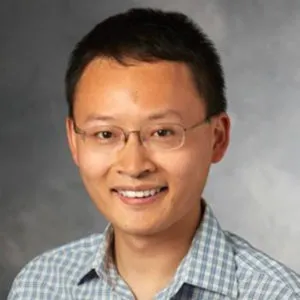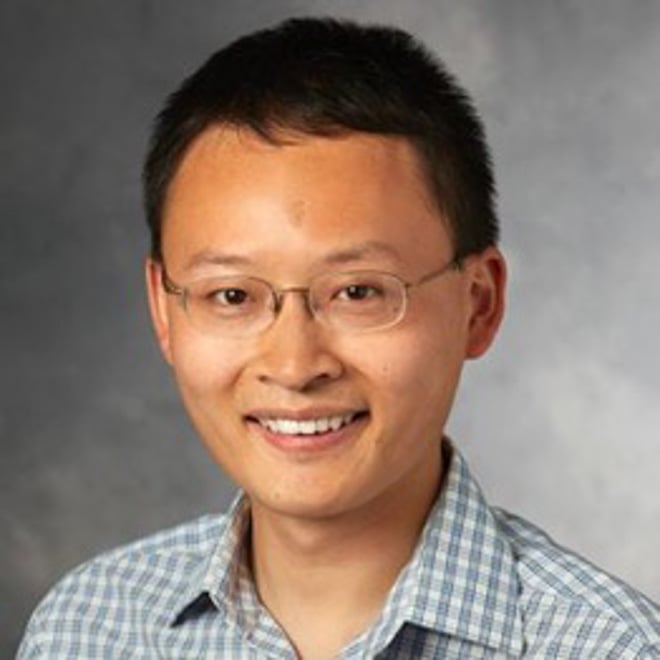In this series, The Stanford Daily sits down to talk with new faculty members on campus.
Assistant professor James Zou joined Stanford’s newly created biomedical data science department in the fall, teaching CS 273B: “Deep Learning in Genomics and Biomedicine” with Anshul Kundaje, assistant professor of genetics and computer science. The Daily sat down with Zou to discuss joining the Stanford community and his interests beyond his academic discipline.
The Stanford Daily (TSD): How did you get to where you are today?

James Zou (JZ): I grew up on the East Coast. I spent a part of high school in Columbus, Ohio at a typical suburban high school. It’s pretty funny because [statistics and electrical engineering professor] John [Duchi] actually went to the same high school as I did. I went to Duke for my undergraduate degree and did a semester in Budapest as part of the Budapest Semesters in Math. It’s interesting because I was also involved with a newspaper there at the time called The Budapest Sun. Later on, I received my Ph.D. from Harvard. In between my undergrad and graduate studies, I also completed Part III in Mathematics at University of Cambridge. Before coming to Stanford this past fall, I was at the Microsoft Research group based in Cambridge, Massachusetts.
TSD: You mentioned writing for a newspaper. Could you comment more on that?
JZ: So while I was in Budapest, I thought it would be fun to do something outside of the math classes. It happened that The Budapest Sun, which I think is actually one of the larger English language newspapers in Hungary, was based pretty close to where I lived. Initially, I was doing fairly mundane things, essentially rewriting different press releases from companies into short news snippets. By the end I got to do more interesting things. For example, I wrote reviews of Harry Potter and some local restaurants, which was a lot of fun.
TSD: What is the process like for applying to be a professor?
JZ: Applying to academic positions is also quite an interesting process. Usually how it works is you go around and visit a lot of different schools. At each one, you give a talk about your research and then also meet the faculty individually, which I found to be a really fun process. There are all of these famous people, well-known experts in their field. It’s probably the only time when they’re forced to listen to you, because they have to meet you. So it’s a great way to learn about what people are doing. You have to talk to people from different areas, so it’s also a great way to learn about what they’re doing and learn to present your work in a way that is accessible to everyone.
TSD: What made you decide to come to Stanford?
JZ: It’s quite exciting here because the engineering department is very close to the medical school: close both physically and intellectually. I love how I get to spend a lot of time in this building [Packard] with a lot of people of all interest areas. Some are working on information theory, but there are also people like John [Duchi] working on optimization and machine learning. A lot of my collaborators and colleagues are also nearby in the medical school, so it’s great to have everyone close by. The students are also amazing.
TSD: Are you teaching any classes at the moment?
JZ: Not this quarter. I taught a class next door on deep learning for genomics fall quarter. It’s a new class I’m teaching with Anshul Kundaje. In the spring I am planning to teach again. The current working title is “Great Algorithms of Machine Learning.” I’m still putting together the course plan. The idea is to teach something like that in the spring quarter. I really enjoyed teaching a class in the fall. It was mostly a project class. We gave people some of the more technical background in the first half of the class, and hands-on experience to work with GPUs and cloud computing in the second half. It has been exciting to see what the students have been capable of coming up with; they’re pushing the state of the art. Because this area is very new, especially the intersection of deep learning and genomics, I think there is a lot for students to explore and contribute.
This transcript has been edited and condensed.
Contact Nancy Xu at xnancy ‘at’ stanford.edu.
